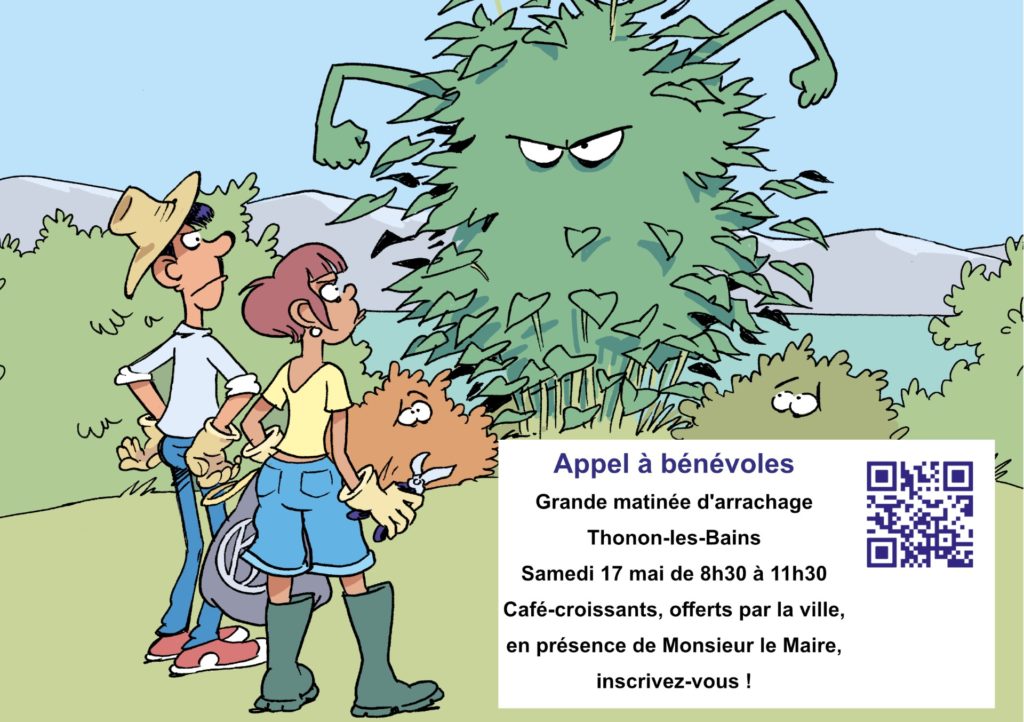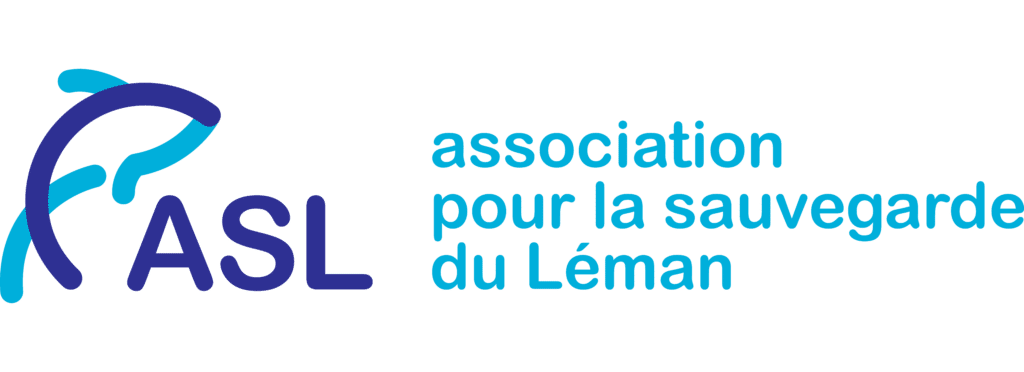***For full results, see the report here.***
Produced in collaboration withUniversity of Genevathe ASL's "Pla'stock" study, proposed and supported by the CIPEL in response to its action plan, has made it possible to estimate the quantities of plastic present on the beaches of Lake Geneva.
A total of 217 substrate samples were taken from 25 beaches. The microplastics (0.3 to 5 mm) extracted from these samples and counted revealed an average of 7,600 microplastics per m2, or 12,000 elements for a bath towel. This figure shows the importance of the contribution of synthetic textile fibres released by clothes during washing or through normal wear and tear (more than 60 %).
In terms of macroplastics, the average concentration was 3.4 plastic elements per linear metre of beach. Half of the items collected were unidentified fragments. The four most frequently identified items were cigarette butts, food packaging, pellets (industrial plastic granules) and cotton buds.
The Pla'stock study is based on an exemplary collaboration between scientists and civil society. More than 100 volunteers took part in the collection and analysis of plastic waste, playing a key role in raising public awareness and gathering essential data for waste management and pollution reduction policies.
For full results, see the report here.
Get involved, raise awareness and support initiatives to reduce plastic pollution. Together, let's preserve Lake Geneva and its ecosystem for future generations.




